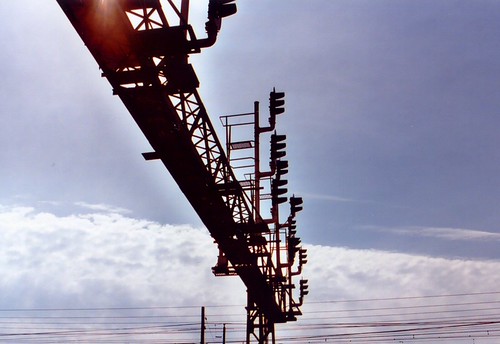
The NTSB is recommending that Metro install a "real time backup" system to ensure safety. My question is, why doesn't Metro install typical visual railroad signals to provide this backup? Why were signals not installed in the first place to serve this purpose? For potential nitpickers, Metro does not have signals. The "signals" you see at stations exist for switches. They are not to indicate if the section of track ahead is clear.
Metro is consulting with software companies and engineering firms to design some sort of (likely) complicated computerized backup for the computer system that failed in the first place. I understand there could be some complications due to the reduced train headways during rush hour, but surely this is not an impossible task. Signal technology has been around just about as long as railroads have been around. There's plenty of "off the shelf" solutions that would at least let operators know if the track ahead of them is clear. Make them foolproof and ensure they are tested regularly. Instruct operators to stop the train if they pass through a red signal.
Recently I saw the original Taking of Pelham 1,2,3. This, a movie made more than three decades ago, featured a New York City Subway system that didn't allow trains to pass a red signal.
Why re-invent the wheel? I'm sorry your 1970's era experiment at automated train operation failed, but why not spend a little bit of money to outfit the railroad with proven technology. Railway signals don't need to be invented, they already exist.
So, Internet-land, tell me why this wouldn't work. Tell me why it's a good idea to not have a secondary signaling system with VISUAL signals to tell operators if the track is clear.



So I guess that's a "Hey, that's a good idea" sort of response?
ReplyDeleteIt's probably more a "we're sick of reading about Metro" response.
ReplyDeleteno it's not a good idea. it's just dependent on operator visual identification and colored lights. it's essentially the same backup plan metro is currently using by having trains on manual operator control, except the train operator is looking for colored lights instead of other trains. a viable backup system needs to monitor the location and spacing of every train on metro's track in realtime. this system could be monitored by multiple individuals in at least one control station. this system could work through a combination of GPS and cellular signals.
ReplyDelete